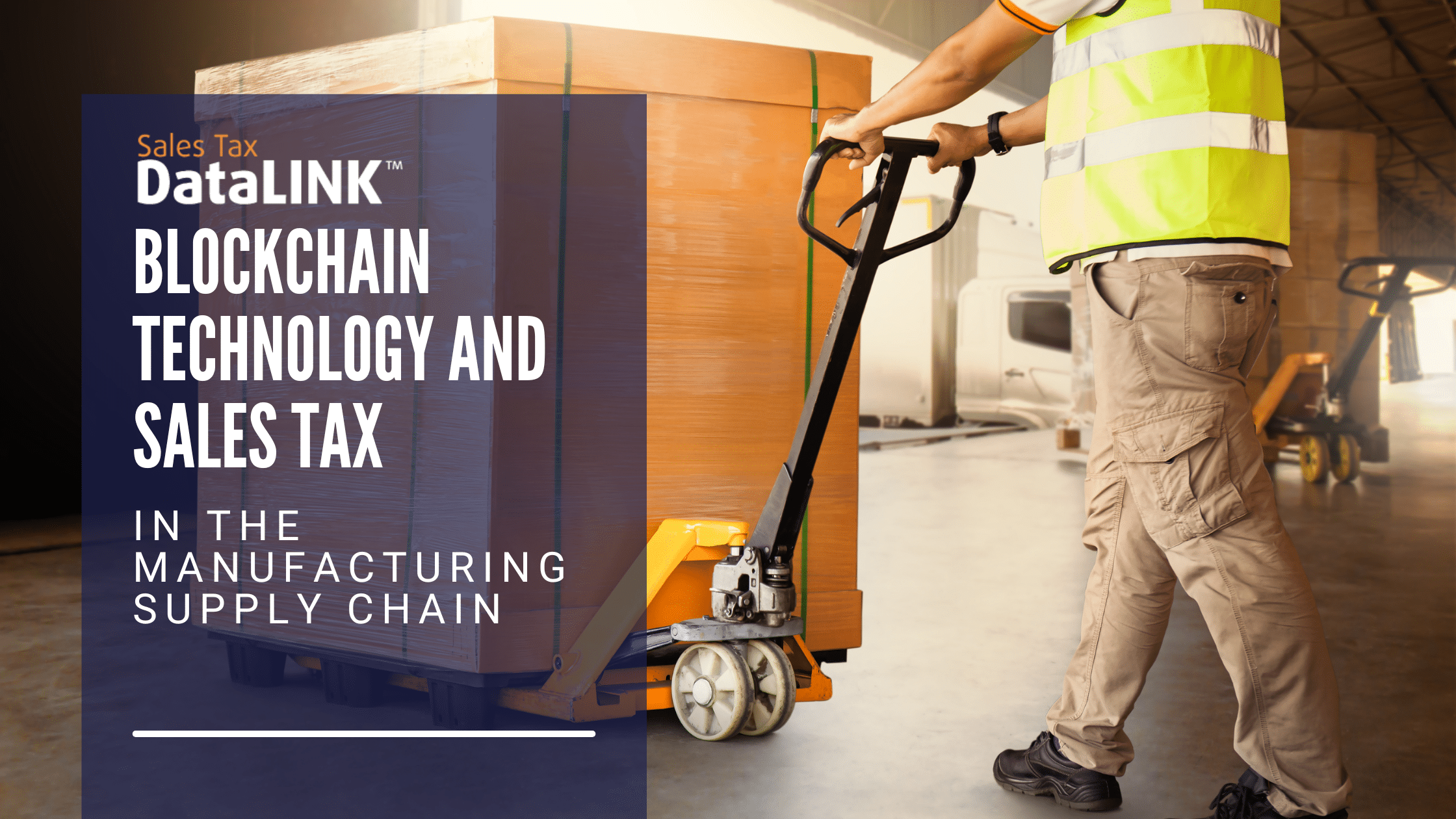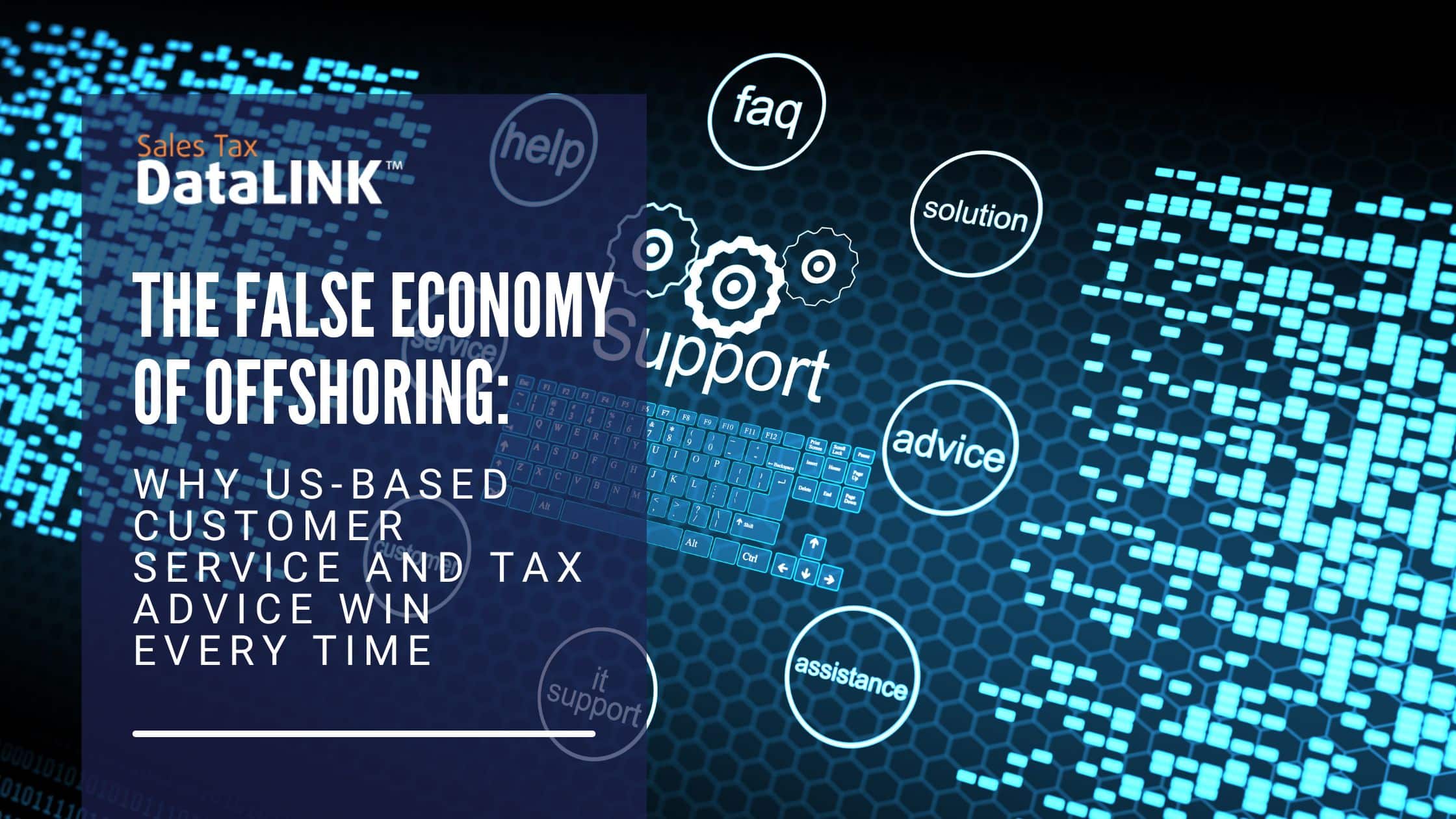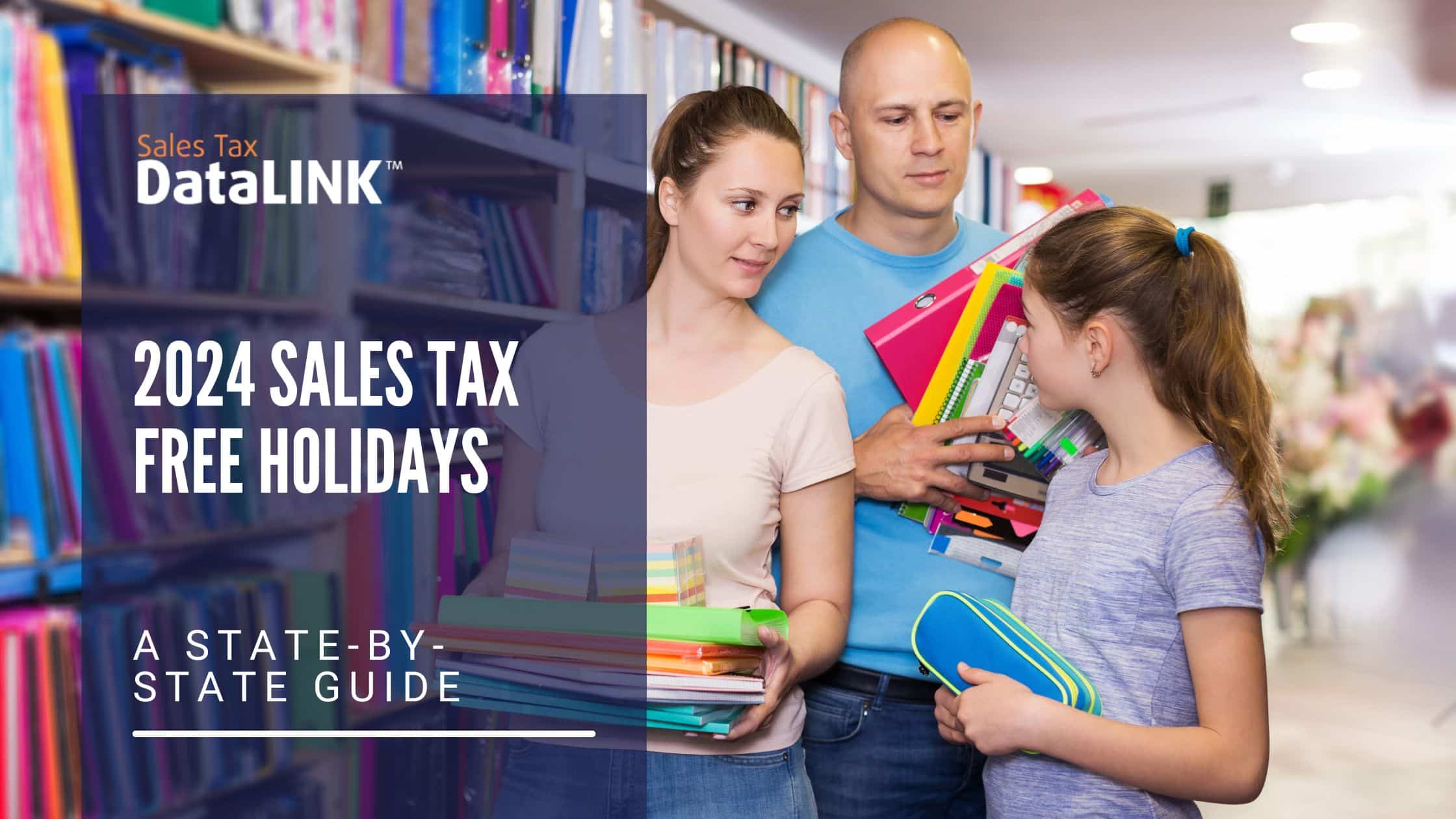Congress has just finished working on a COVID-19 relief bill, and one of the big issues turned out to be…sales tax.
Congress might not look at it that way. From their point of view, they were debating whether states need relief funds as businesses and individuals do. But it all actually comes down to sales tax.
Who’s suffering?
States generally rely on sales tax for their operating funds. With businesses closed and people staying home, states have been expecting a big shortfall in sales tax revenue. In fact, as of June 2020, states were seeing shortfalls, according to the Pew Research Center. By the end of the year, that was no longer true across the board.
Some states have actually seen a huge shortfall. Alaska, for example, saw a 42.5% decrease in its sales tax collection. Of course, Alaska doesn’t have a regular state sales tax. Their drop might be a large percentage but a smaller dollar figure.
Hawaii took a 17% hit, though, and five other states had dropped in the double digits. Hawaii and Florida (with an 11.3% drop) both rely quite a bit on tourism, and both were seriously affected by travel bans and the collapse of the hospitality industry. Nevada (-11.8%) and Texas (-10.4%) may be suffering from the same problem, and Texas relies on oil, which didn’t do well in the pandemic.
North Dakota, with a 14.8% dip, is another state that relies on oil, but they’re feeling optimistic going forward.
Who’s celebrating?
Idaho got a 10.4% bump in sales tax, the highest increase in the nation. Utah, Wyoming, and South Dakota all did pretty well for themselves, too.
But overall, most states saw a difference of just a few percentage points — or in some cases, just a few tenths of a percentage point. J.P. Morgan described 2020 as “virtually flat” when compared with 2019. The Urban-Brookings Tax Policy Center called the difference at -1.8%.
So why didn’t most states take a hit?
- Extra unemployment income, to the tune of $600 a week above the state payment, was a big part of it. Even though a lot of people were unemployed, many didn’t see a big change in their income. In fact, the lowest earners often saw an increase in their working incomes.
- High earners benefited from recent tax changes and the rise in the stock market, so they still had plenty of discretionary income.
- While consumers cut back plenty in some areas, there were big surges in others as shoppers increased spending on athleisure wear, home exercise equipment, and snack cakes, among other things.
- Remote sellers collecting sales tax on e-commerce sales spread the benefits around as they made payments to multiple states. Online shopping surged ahead and that helped to even out the revenue.
- Many people began to feel that spending money was a patriotic act. Calls on consumers to support their local businesses were taken seriously.
Are states in trouble?
Even though things are looking pretty good across the nation, states may or may not be okay. Most are cautious. They’re keeping a tight hold on the purse strings and continuing to urge Washington to provide help.
For one thing, the pandemic isn’t over. Many states are fully opening businesses and reducing as many restrictions as they can in the hopes of keeping their economies going. Healthcare experts are nervously watching as people travel for Spring Break. Nobody knows what might happen next.
One thing is for sure: no matter what happens with sales tax, you will need to have reliable sales tax calculation and compliance software. That’s where we come in. Our sales tax software is affordable, at a predictable price, and more accurate than the alternatives.
We can also take on the whole sales tax compliance process for you. Call 479-715-4275 to discuss your needs.




